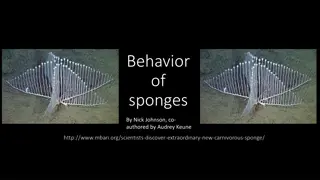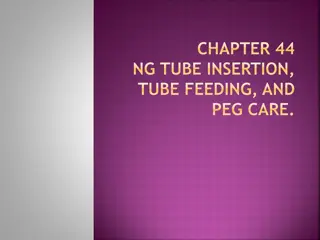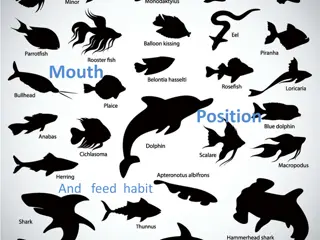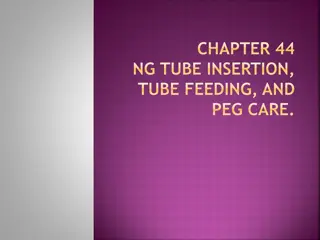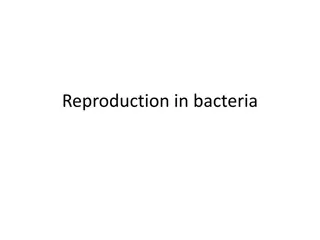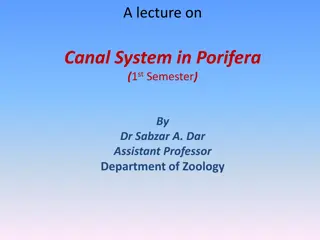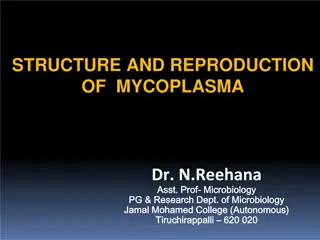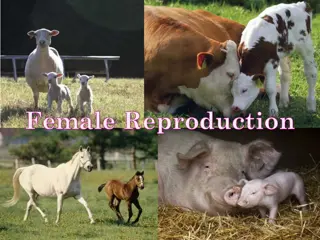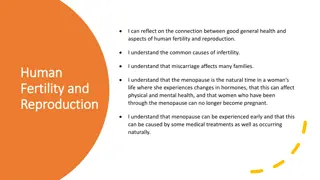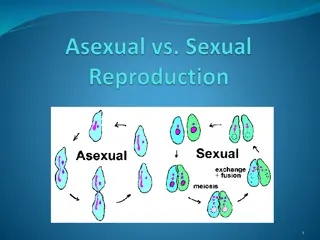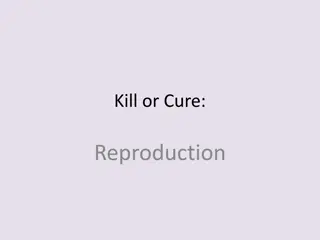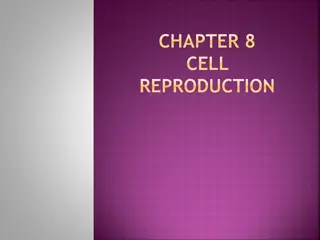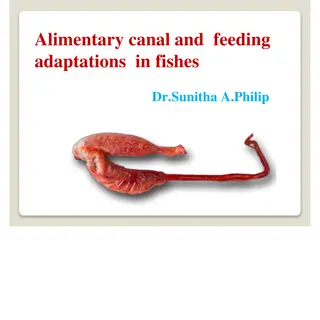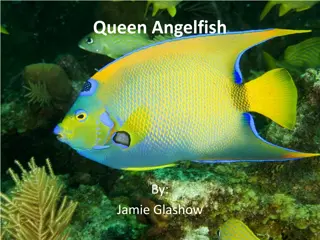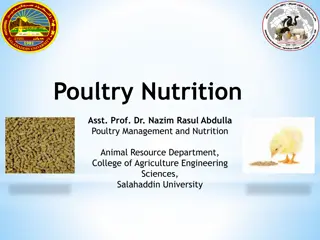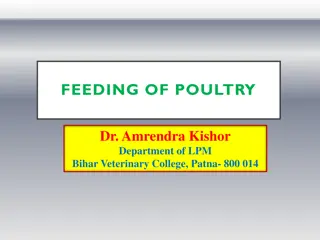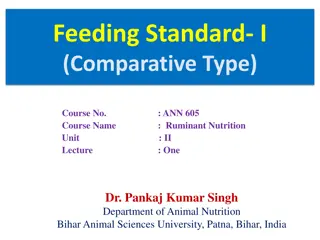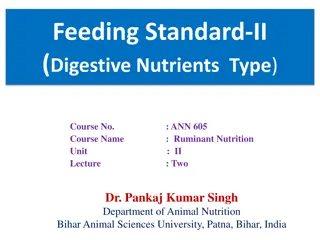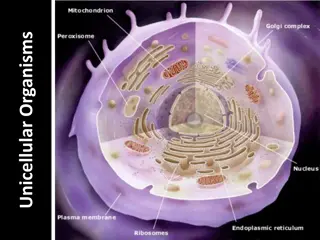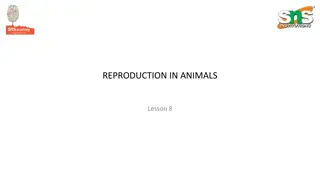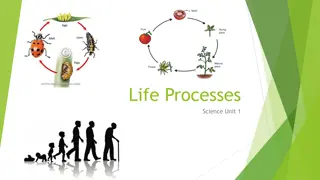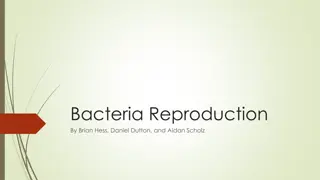The Fascinating World of Sponges: Structure, Feeding, and Reproduction
Explore the incredible world of sponges, from their unique structure with tiny pores to their feeding habits straining food from water. Learn about sponge larvae, reproduction through sexual and asexual means, and discover the wonders of these ocean-dwelling organisms.
Download Presentation

Please find below an Image/Link to download the presentation.
The content on the website is provided AS IS for your information and personal use only. It may not be sold, licensed, or shared on other websites without obtaining consent from the author. Download presentation by click this link. If you encounter any issues during the download, it is possible that the publisher has removed the file from their server.
E N D
Presentation Transcript
Sponge Structure The bodies of many sponges are only 2 layers thick Their bodies are covered in many small pores (holes) that let water in. The word Porifera means pore bearing. Sponges belong to the phylum Porifera since they use pores to eat!
Sponge Structure continued... Sponges have no symmetry and no circulatory system Water leaves the sponge through a large hole at the top called the osculum. Many sponges have spikes between the inner and outer layer of cells. These spikes form a rigid frame that helps support the sponges body. It also helps keep away hungry fish! A close up of a sponge s skeleton
Sponge Snacking Sponges feed by straining food from the water They eat bacteria and small protists Special cells inside the body of the sponge called collar cells trap the food particles as they pass through. Collar cells have tail-like structures the beat back and forth to move water through the sponge.
Walk like a Sponge Sponge larvae can actually swim around until they find a new place to live. Then they attach themselves to a surface and become sessile (sessile=doesn t move) Sponge larvae- those purple threads on the top help them move!
Sponge Reproduction Sexual reproduction-A male sponge release sperm into the water at the same time a female sponge releases eggs. The sperm fertilize the eggs in the water. After the eggs are fertilized, a larvae forms. The larvae swims to a new place attaches itself. The new sponge is not identical to either parent sponge. Asexual reproduction-Budding is when a new sponge grows off the body of the original sponge. The bud eventually breaks off and becomes a new sponge. The new sponge is genetically identical to the original.


